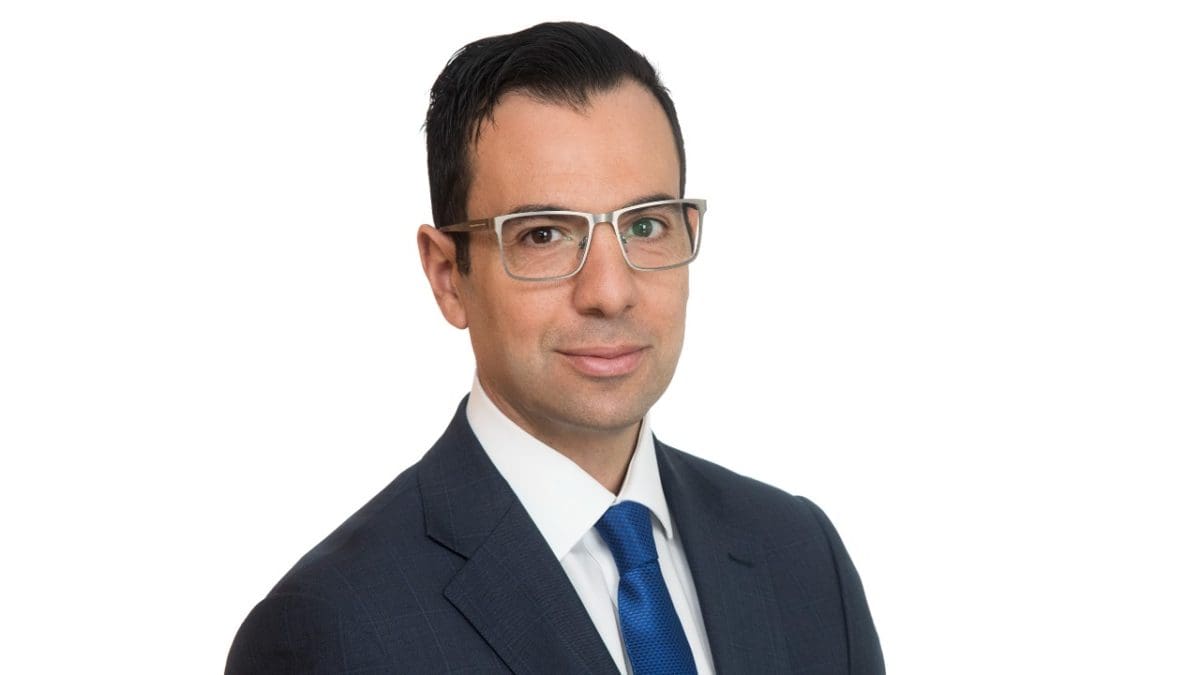Ask A Fund Manager
The Motley Fool chats with the best in the industry so that you can get an insight into how the professionals think. In this edition, Schroders portfolio manager Ray David looks into his crystal ball to reveal the ASX sectors that will be hot this year.
Investment style
The Motley Fool: How would you describe your fund to a potential client?
Ray David: Schroders Long Short Fund, as the name says, it is a long-short fund. So we do take short positions and we do take long positions but, in general, we are about 100% invested in the market. And typically the short positions make up about 20% to 30% of the portfolio. And the funds taken from the short positions are then reinvested back into the market, which then gives us a long position about 120%, 130%.
It's important to say that we are not betting on the direction of the market. So if the market goes up, we're fully invested, we'll go up too. If the market goes down, our fund will generally decline with the market too. But the short positions look to add additional returns because the benefits of shorting is that we can take advantage of the analysis we do on companies.
If we identify them as poor investments, we'll typically short them to try and enhance the return to our clients. Whereas a long-only investor, they'll just simply avoid those poor-quality companies and move on. So we're playing both sides of the market.
We're trying to make money by buying undervalued stocks that go up. At the same time, we are trying to short poor quality or overvalued companies that we think the market's overly priced.
MF: With the long side, I know Schroders is very famous as a value investor. Is that how you would describe it?
RD: Correct. We do spend a lot of time on understanding company valuations. And generally, we are trying to buy stocks that we think are undervalued.
Typically, when people think of value managers, they might think of investors that are contrarian or buying things that are bombed out. We do try to focus on good quality companies and companies that have, what we say is, durable earnings. So just because a stock is down on its knees doesn't necessarily mean we're going to own it in the fund. We do the work and if we think it ticks a number of boxes, which is, number one, it's undervalued, number two, it's a business that's got a competitive advantage or it's a good quality business, it's got earnings duration. The third point, "Is the management and governance of good nature?"
MF: 2022 was an unpleasant year for a lot of investors. How did your team go?
RD: The fund did really well. Our total fund return beat the market by about 6% pre-fees. So the market was flat and our fund was net up.
If we look at our total performance since inception over two-and-a-half years, we've outperformed the benchmark or the S&P/ASX 200 Index (ASX: XJO) by 4.6%.
When we look at that composition or that performance, 70% of it has come from the long positions and 30% has come from shorts, which is what we would expect with a 130-30 structure.
So we've been able to deliver performance in volatile markets, which really plays to our skill as a manager that's focused on valuations and sort of good quality companies.
MF: You've picked the most action-packed 2.5 years ever to run a fund.
RD: Sure. We've had COVID in the middle of that. We've had the COVID recovery. We've gone from quantitative easing to quantitative tightening to inflation that's at 40-year highs.
Even though it's two and a half years, it feels like we've gone through three or four cycles already within that period.
A case in point is some of these retail stocks. Everyone was really bearish on retail names [but] actually were coming out with very strong results.
MF: That leads to the question of where you think the market is heading this year?
RD: The market, we think, is going to be volatile going forward.
On an aggregate view, the market is looking fairly priced. It's made up of some really cheap sectors where we see pretty good value, and at the same time, it's made up of expensive sectors. The market's trading on about 14.5 times PE, and its long-run average is about 15. So it's not strikingly cheap; it's not overly expensive.
But there are sectors which look very expensive historically and sectors which look cheap. The sector that looks cheap in our view, which we do have positions in our portfolio, is general insurance. The energy sector is quite cheap. We're overweight energy.
MF: Energy? Even after the bull year it's just had?
RD: Yeah, that's right. If you think about the energy sector, they've gone from really unloved to now the market is starting to like them, but the multiples that they're trading on are still quite low. They're trading on about six or seven times earnings, especially something like a Santos Ltd (ASX: STO).
A lot of these companies have benefited from high energy prices. And energy prices have rolled off, but they never really re-rated to the silly levels that we saw with, for example, the tech companies or the iron ore stocks that we saw in 2015. So energy just looks really good.
And we think the outlook for energy stocks is attractive because there's just not a lot of supply coming in. No one really wants to invest in fossil fuels or LNG or gas without the high prices to justify the returns, because everyone's quite worried about renewables and the ESG factors.
Then within the overvalued sectors, we still think ASX technology stocks are quite overpriced. If you look at stocks like WiseTech Global Ltd (ASX: WTC), Pro Medicus Limited (ASX: PME), they're actually not far from record highs so they're never really derated in that tech sell-off.
The other sectors which we think look pretty expensive are real estate investment trusts (REIT) and healthcare. We're quite cautious on real estate investment trusts because they face the triple headwind of declining asset prices because interest rates have gone up, softening rental income, particularly if you're in office and retail, and thirdly, their costs are going up — interest repayments and cost to manage the facilities.
In summary, the market is fairly priced, but there's still pockets of value and there's pockets of overvaluation. We're looking to exploit our views around valuation versus what's priced by the market.









